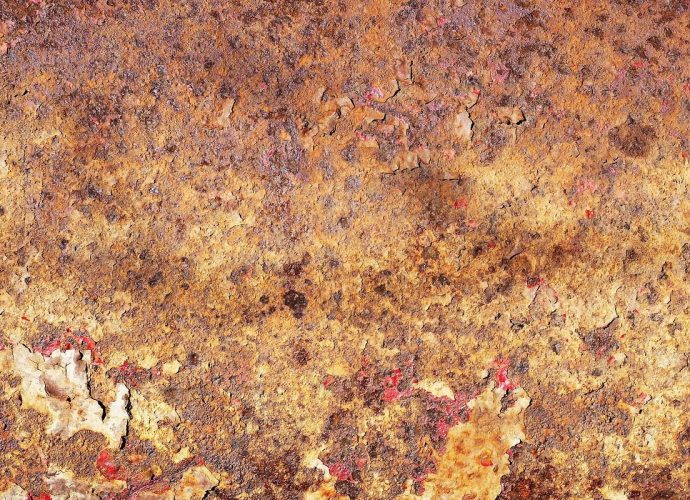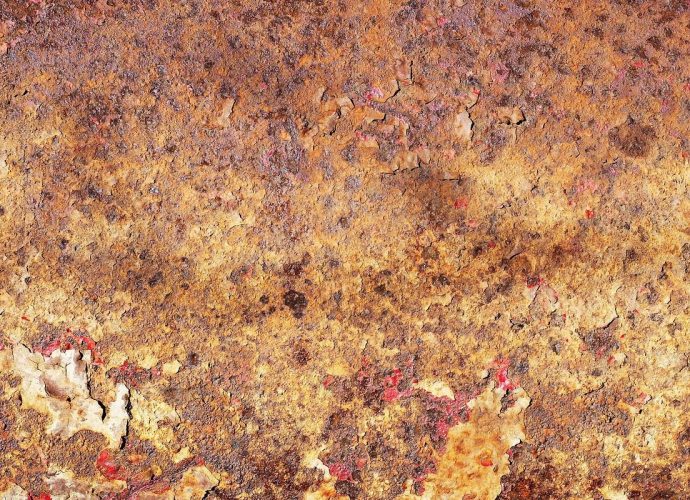Where Protozoa Are Usually Found?
Habitat of Protozoa: Free-living forms occur in fresh water lakes, ponds, open ocean, river and even in temporary pools. Soil and sands also form natural environment for many Protozoa. … For such Protozoa that can invade unrelated host species, a change of hosts is essential for the completion of itsRead More →









